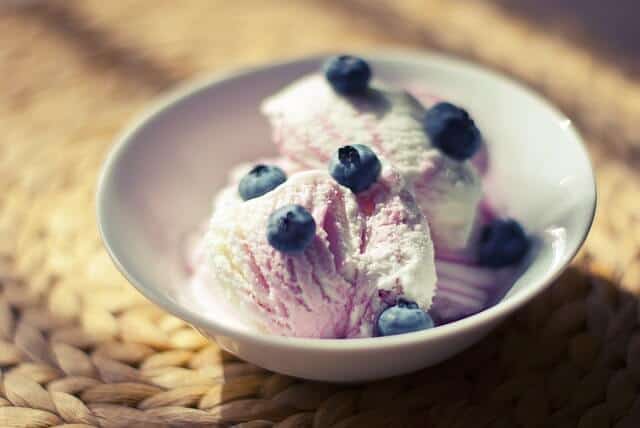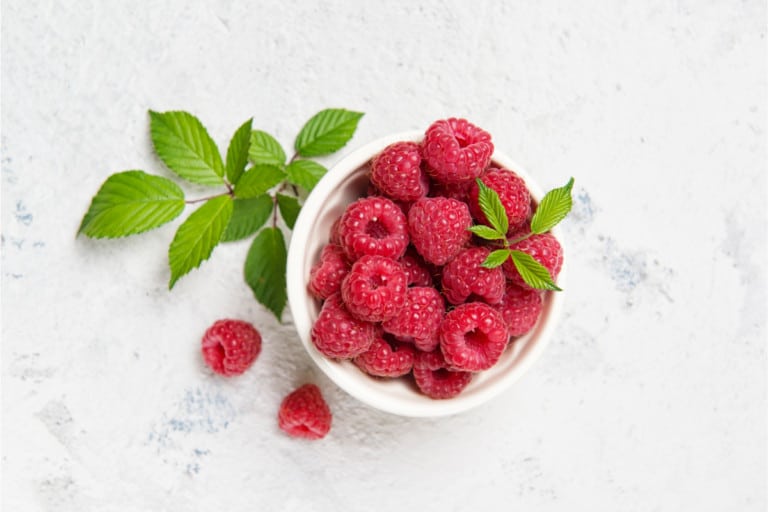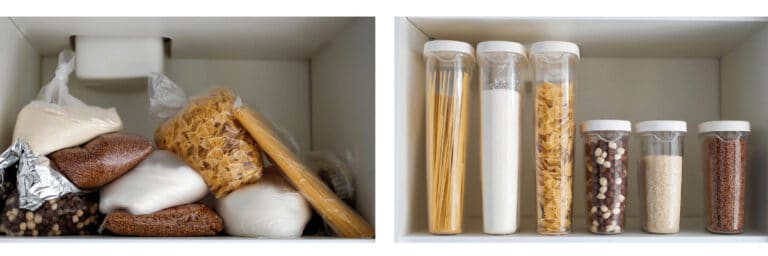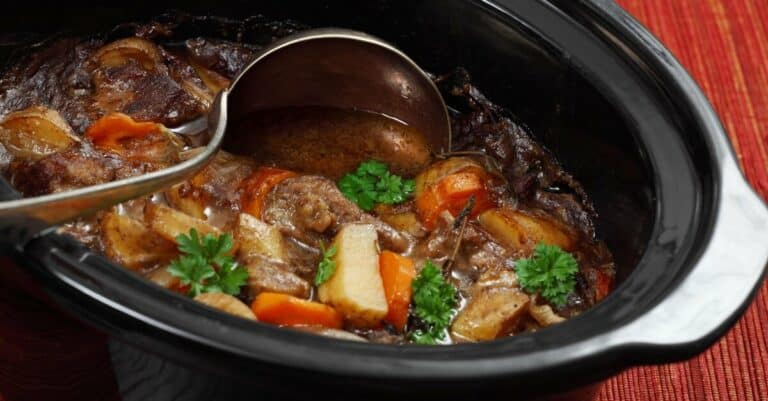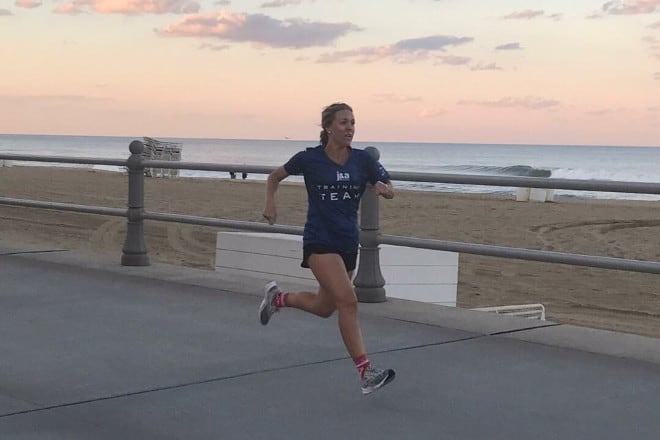South Beach Diet: Lose Weight, Stay Full, Be Healthy
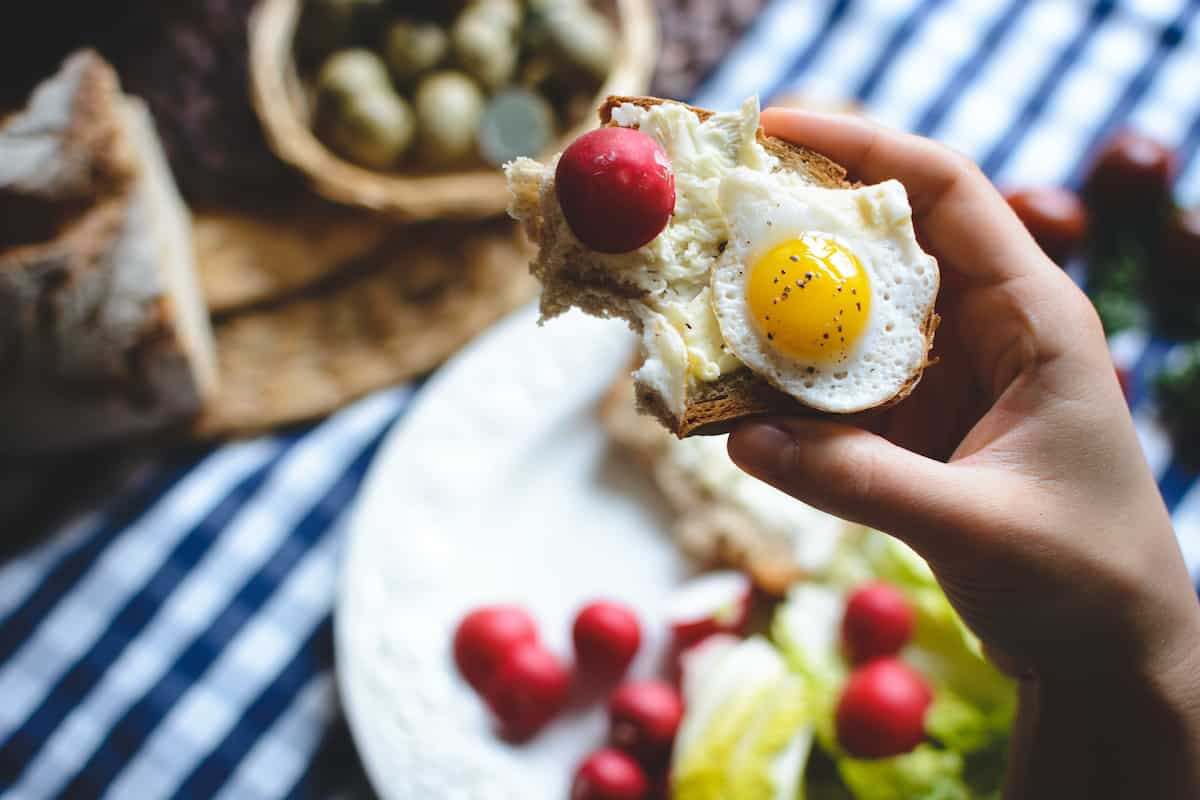
No more annoying calorie counting! Watch the pounds melt away without feeling hungry. See why thousands of Americans swear by the South Beach Diet.
Jump to Recipe*This article contains affiliate links. It doesn’t cost you anything, but if you click on the link and buy something, we’ll earn a small commission to help our writing team create more great articles.*
How Did the South Beach Diet Start?
The South Beach Diet is a low-carb weight-loss plan that enjoys worldwide popularity. Developed by the American cardiologist and celebrity doctor Arthur Agatston, the diet rose to prominence in 2003 with his best-selling book. But even eighteen years after that success, millions still adhere to Agatston’s South Beach nutritional principles.
Agatston wasn’t initially looking for a method of weight reduction when he developed the South Beach Diet. Instead, he developed the diet as a way to prevent diseases such as heart attacks and strokes. The enjoyable food plan he discovered had a positive side effect helping his patients lose weight, in addition to improving their overall health.
The Glycemic Index and Nutrition
As a cardiologist, Agatston aimed to improve his patients’ heart health, so he studied nutrition and scientific reports. He developed theories based on the glycemic index, which ranks various foods according to how they affect the body’s blood sugar and insulin levels. The result was the South Beach Diet. It improves insulin and cholesterol levels and supports effective weight loss. Foods with a low glycemic index allow blood sugar levels to rise slowly. This leads to feeling full longer and prevents hunger pangs.
Insulin Stimulates Fat Storage
Why do lower insulin levels matter? The hormone insulin ensures that sugar is absorbed from the blood into the body cells. This lowers the sugar content in the blood – the so-called blood sugar level. Simultaneously, however, a strong release of insulin after eating sugar or carbohydrate-rich meal promotes fat storage. The body converts excess carbohydrates into fat.
A diet rich in carbohydrates leads to high insulin release, which promotes fat storage and thus obesity. On the other hand, a low-carbohydrate diet ensures lower insulin levels and less fat storage.
Bottom line: The South Beach Diet’s low-carbohydrate philosophy lowers your insulin levels, helping you burn fat more efficiently!
Three Phases of the South Beach Diet: A General Guide
Phase 1 – The Strict Phase
In the first strict phase, you need to forego most carbohydrates for two weeks, similar to the Keto Diet. This means no cereals, baked goods, potatoes, fruit and fruit juices, sweets, or alcohol. Instead, you’ll eat protein-rich foods like eggs, fish, meat, low-fat dairy products, low-carbohydrate vegetables, and healthy fats such as olive and canola oil.
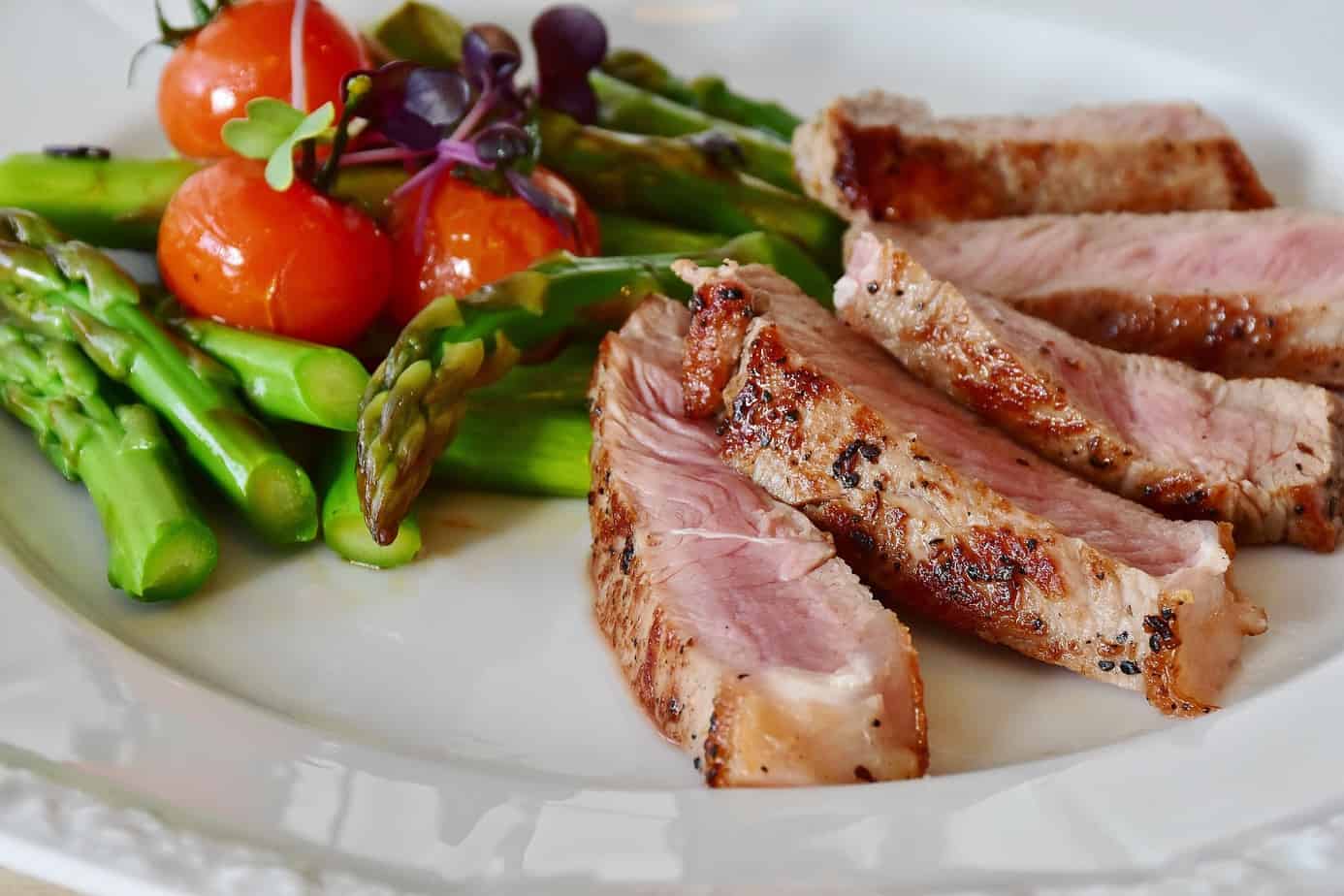
During this phase of the diet, you don’t want to be too hungry. Instead, you want to satisfy cravings with Phase 1 approved healthy foods. You can eat three main meals and two snacks, plus a protein-rich but low-sugar dessert. Regular meals should keep blood sugar constant and reduce cravings for sweets. Eat healthy snacks, such as vegetables or low-fat yogurt, about two hours after your main meal, or one hour before your cravings hit. Remember- don’t leave your meals feeling ravenous- instead, fill your belly with nutritious food.
Phase 2 – Reintroduction
During the second phase, known as the reintroduction phase, you slowly add small amounts of the foods that were banned in Phase 1. The second phase is for weight loss, so stick with it until you’ve reached your desired weight. You should lose about 1 to 2.2 pounds each week, depending on your metabolism and activity level. During this phase, you can now eat whole wheat bread, natural rice, starchy vegetables such as peas, pumpkin or sweet potatoes, and fruit. White flour products, sugar, and fruit with very high sugar content such as bananas and grapes are still prohibited in this phase.

Phase 3 – Maintenance
The last stage of the South Beach diet should ideally be a permanent change to a healthy diet that helps you maintain and stabilize your ideal weight. You should continue to avoid foods with a high glycemic index since you don’t want your blood sugar to spike too much.
While you can introduce some of the previously limited foods of Phase 1 and 2, like fruits, other foods will remain limited. For example, you can have water, unsweetened herbal teas, and moderate amounts of coffee, but no sugary drinks on the South Beach Diet. Make sure you always drink enough fluids!
During this maintenance phase, you can always return to Phase 1 or 2 if you start to gain weight again. Overall, the lack of high-sugar foods has a positive effect on overall health and helps prevent diseases such as diabetes, heart attacks, and strokes.
South Beach Diet Recipes
The South Beach Diet recipes offer many meal plans full of delicious foods you can enjoy, full of lean protein, fiber-rich, and low-carb options. But just because these recipes don’t have many carbs, it doesn’t mean they lack flavor! Here are a few favorite appetizers, main courses, and even a dessert you can enjoy. All of these nutrient-dense recipes are compliant with Phase One, so enjoy!
Mediterranean Lentil Salad– This vegetarian dish with legumes and feta cheese is an excellent addition to your South Beach Diet eating plan.
Crispy Air Fryer Brussel Sprouts- This South Beach side dish is a delicious gluten-free, plant-based option.
Grilled Salmon and Vegetables– You can’t go wrong with this recipe! It only has a few carbs and is so filling.
Chicken Fajita Wraps- These delicious lettuce wraps have the perfect combo of lean protein and veggies that will fuel your body with the nutrients it needs.
Low-Carb Ricotta Cheesecake – You can enjoy this dessert starting in Phase 1, and it’s deliciously indulgent. If you want to swap up the flavor a little bit, you can add cinnamon or lemon extract instead of vanilla. See the full recipe below.
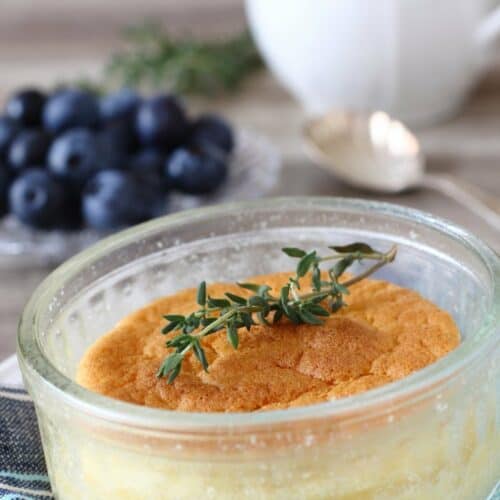
Low-Carb Baked Ricotta Cheesecake
Ingredients
- 2 cups ricotta cheese (low-fat)
- 1 tsp vanilla extract
- 2 eggs
Instructions
Low Carb Baked Ricotta Cheesecake
- Preheat oven to about 355°F/180°C
- Mix together the ricotta cheese and vanilla extract. Added sweetener if desired.
- Gradually mix in the eggs, continuing to beat together until texture is smooth.
- Spoon the batter into 4 ramekin dishes, then bake in preheated oven (around 20-25 minutes).
- Serve it warm!
Nutrition
Advantages and Disadvantages of the South Beach Diet
The South Beach Diet is a good option for a permanent diet and offers many advantages. You can eat to satiety and don’t need to go hungry, weigh food, or count calories and points. The menu includes a lot of fresh vegetables and fruits so that you won’t have nutrient deficiencies. Fruits and vegetables contain lots of nutrients, minerals, and secondary plant compounds, such as carotenoids and flavonoids. They also contain dietary fibers, which have a beneficial effect on digestion and keep hunger away for a long time.
However, especially during Phase 1, you’ll need a lot of discipline and stamina to maintain this lifestyle. If you suffer from kidney disease or gout, the high protein content of the South Beach Diet can lead to adverse health effects. Talk to your doctor about your planned change of diet if you have these conditions.
Also, don’t neglect exercise! If you want to lose weight and permanently live a healthy life, weekly physical activity is also key.
The Bottom Line
The best way to change your diet is with friends and family supporting you. Talk to them about it in our FamilyApp. Maybe you can all get healthier together!
